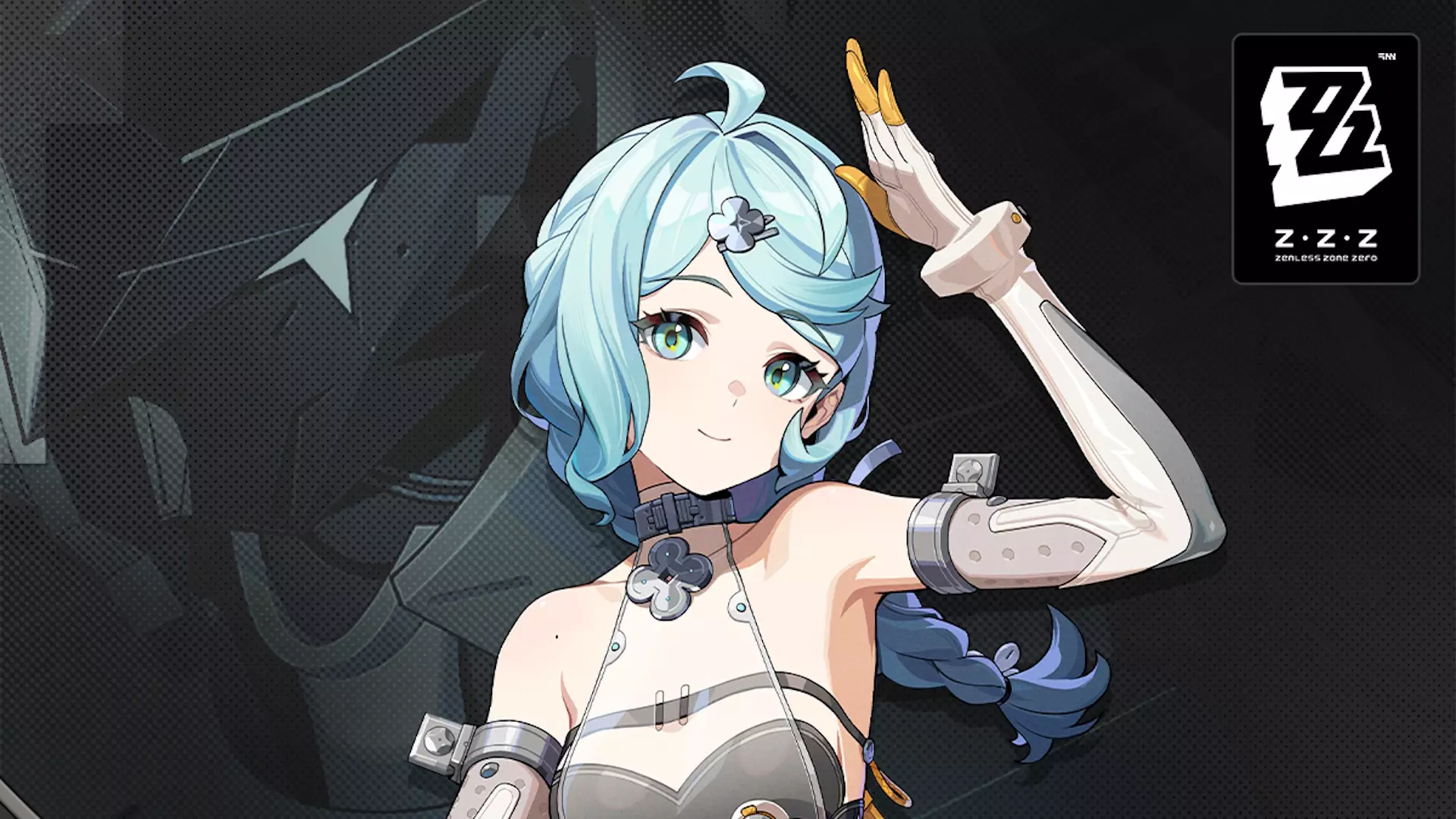Zenless Zone Zero (ZZZ) stands out in the crowded landscape of modern gaming as a provocative and unapologetically daring experience. Unlike many titles that cautiously navigate cultural sensitivities, ZZZ boldly leans into its distinctive aesthetic — one rooted in overt sexuality, exaggerated character archetypes, and relentless visual provocations. This approach is not subtle; it operates as a conscious choice to challenge the conventions of character design, narrative, and player expectations. The game’s creators, from HoYoverse, have intentionally crafted an environment where boundary-pushing visuals serve as a form of rebellion against the sanitized, monochrome standards often prevailing in the industry.
In a landscape where many games strive for universality and broad acceptance, ZZZ opts for specificity — a universe where sexuality is not just peppered in but integrated into the fabric of its characters and world-building. This may alienate some players, yet it also opens a space for a different kind of engagement, one that recognizes the power of bold representation and unfiltered art. It’s a testament to the studio’s confidence that they can create a product that’s both sex-positive and artistically daring, breaking the mold of typical gacha and action titles that often shy away from embracing sensuality with such vigor.
The Art of Shock and Awe: Visual Excess as a Narrative Device
One cannot analyze ZZZ without addressing its penchant for shock value and exaggerated visual storytelling. Every trailer, animation, or character reveal seems to serve up a new level of audacity — from scantily clad designs to fetishistic elements embedded within character aesthetics. The recent tease for new S-Rank character Seed exemplifies this approach with almost theatrical excess. The animated short is only 18 seconds, yet it lingers on specific details, notably Seed’s feet, capturing viewers’ attention through multiple close-ups that veer into fetishistic territory.
This focus on feet, often subtle in other games, becomes overt and almost comical in ZZZ, highlighting not just aesthetic choices but perhaps a conscious commentary on objectification and visual excess. The fact that players are humorously debating whether this is part of a “foot meta” showcases how deeply embedded these visual choices are in the game’s identity. It’s almost as if the developers are inviting players into a private joke, where the art style is as much about shock and spectacle as it is about character identity.
What makes ZZZ’s approach compelling is its refusal to conform. Instead of hiding these elements, the game leaves them blatantly exposed, challenging players to confront their perceptions of sexuality, character design, and game aesthetics. These choices underscore a confidence that, when executed thoughtfully, can provoke discussion, push boundaries, and simply entertain through raw audacity rather than subtlety.
Challenging Norms: Diversity, Representation, and Expectations
While ZZZ is undeniably provocative, it also sparks vital conversations around diversity and representation in gacha and action games. The reveal of Seed—a slender, young woman piloting a mech—elicited reactions ranging from curiosity to disappointment. Such responses reflect the ongoing tension between traditional beauty standards and the broader desire for diversity in character design. Some players yearn for characters that break stereotypes, showcasing strength and uniqueness beyond visual tropes.
In addition, the game hints at future inclusivity with the promise of a buff wolf character, suggesting that HoYoverse is aware of these debates. The injection of body diversity or the promise of non-traditional character archetypes could indicate an awareness of the importance of representation. However, the current focus on stereotypically “idealized” young women, coupled with the fetishistic elements, might be seen as a missed opportunity for a more expansive, inclusive character roster.
Nevertheless, ZZZ’s boldness in design choices suggests a deliberate intention to remain unapologetic about sexuality and fantasy elements. It challenges critics to question what boundaries are appropriate in game art and storytelling—and whether those boundaries serve the purpose of entertainment or uphold conservative standards. From this perspective, ZZZ can be interpreted as an artistic experiment that questions societal norms while simultaneously providing a wildly entertaining spectacle.
An Unflinching Reflection of Modern Gaming Culture
Ultimately, Zenless Zone Zero embodies the spirit of contemporary culture’s complex relationship with sexuality, diversity, and artistic freedom. It refuses to sanitize or tone down its visual language, instead embracing raw, unrepentant expression. Whether players love it or criticize it, ZZZ stands as a reflection of how modern games can serve as provocative art forms that stimulate discussion about societal standards and creative limits.
This unapologetic approach marks a shift from cautious design to a more fearless embrace of bold aesthetics, suggesting that gaming can function as both entertainment and social commentary. It invites players to look past the surface, questioning why certain elements evoke discomfort or admiration and whether traditional standards should indeed dictate what is acceptable. In doing so, ZZZ elevates itself from mere game to a conversation starter about the evolving landscape of visual storytelling in interactive media.

